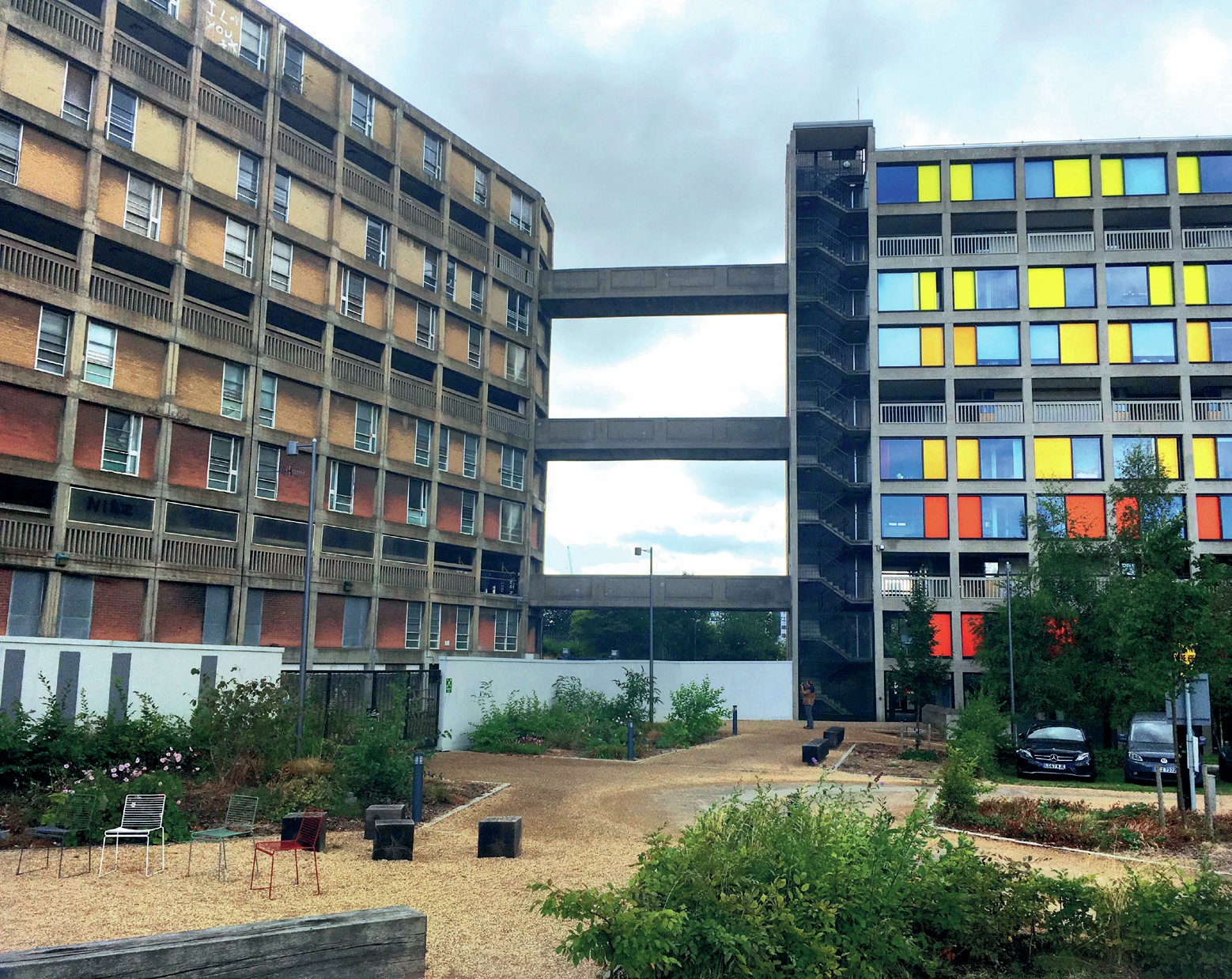
Regeneration of derelict industrial spaces and decaying housing estates has been going on since the 1980s, as government and corporate bodies attempt to revitalise central urban areas. This process often involves the rebranding of the regenerated place to help create a new place meaning. The new place identity is designed to increase the success of the redevelopment, whether success is defined in terms of profits made, visitor numbers achieved or other measures.
When a place is rebranded, some existing place meanings are retained while others are erased because they might detract from the potential success of the regeneration. This article illustrates these points using a case study of the regeneration of Park Hill Flats in Sheffield by the property developers Urban Splash. You might be able to do a similar study on a place in your local area for your NEA.
Your organisation does not have access to this article.
Sign up today to give your students the edge they need to achieve their best grades with subject expertise
Subscribe




